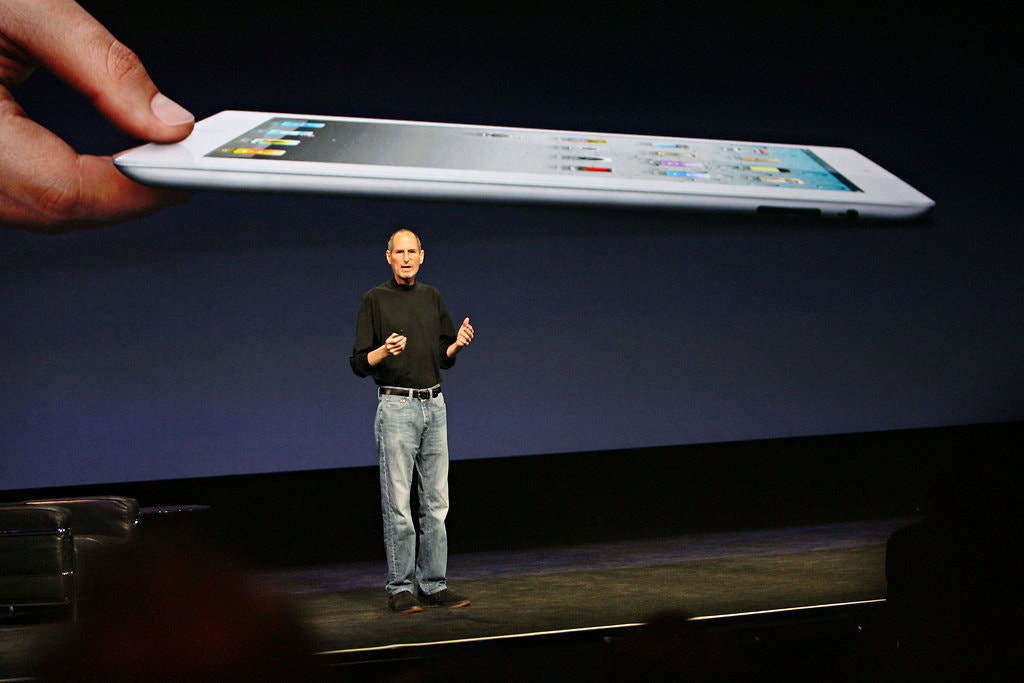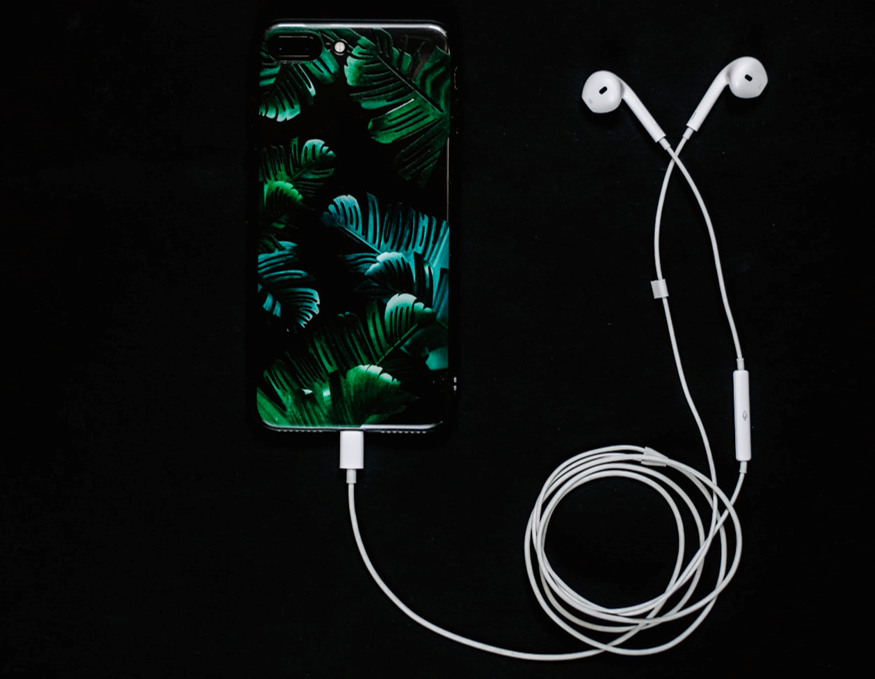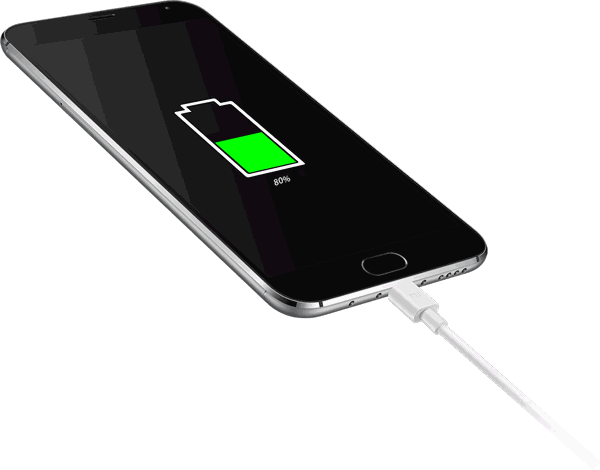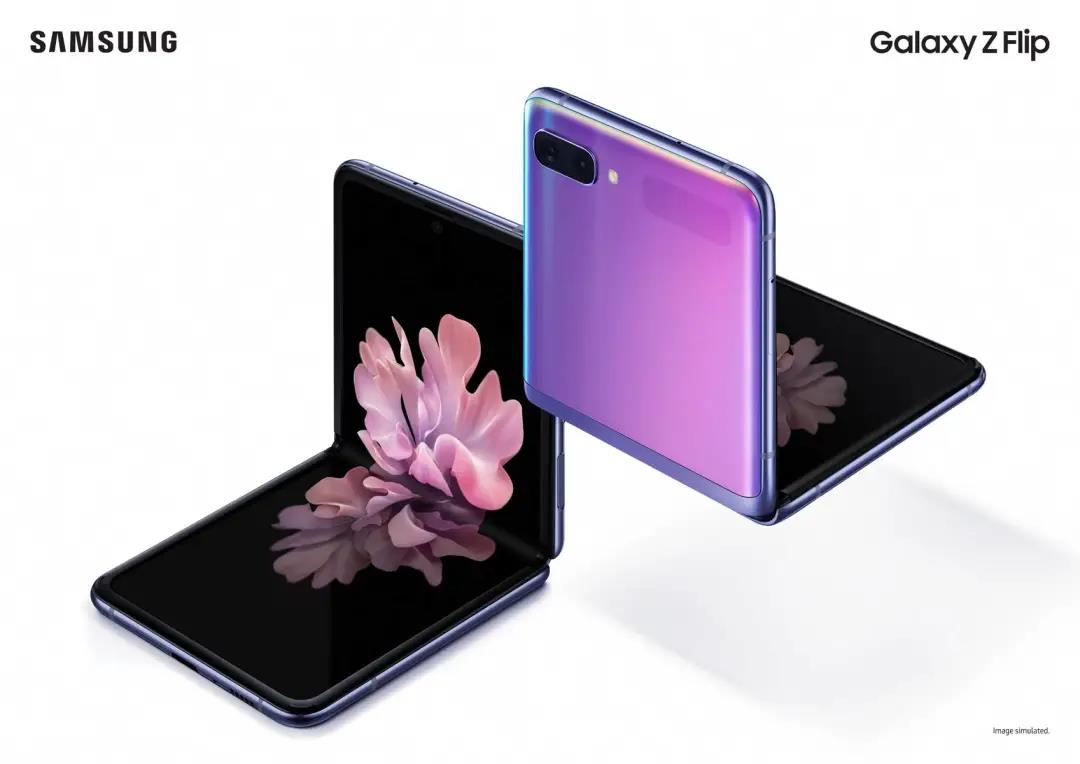Merry Christmas and Happy Holidays from GCC ! 🌟🎅
Leer más "
Merry Christmas and Happy Holidays from GCC ! 🌟🎅 As another year draws to a close, I wanted to say a huge thank you to








Autor: CO-Fundador de GCC
Hola, soy Helena. Bienvenido a nuestro sitio web. He trabajado en esta industria durante más de 10 años. Espero que podamos escribir todo lo que sabemos sobre electrónica de consumo y regalos y enseñarte gratis aquí. Con la esperanza de poder ayudarlo a comprender mejor esta industria, para que pueda evitar algunos riesgos al importar desde China.
Merry Christmas and Happy Holidays from GCC ! 🌟🎅 As another year draws to a close, I wanted to say a huge thank you to
Introduction With the release of the Apple iPhone 15 series, all four new models have officially bid farewell to the longstanding Lightning interface in favor
In recent news, the memory chip industry is again making waves with a significant price hike of up to 20%. Leading memory giants have signed







